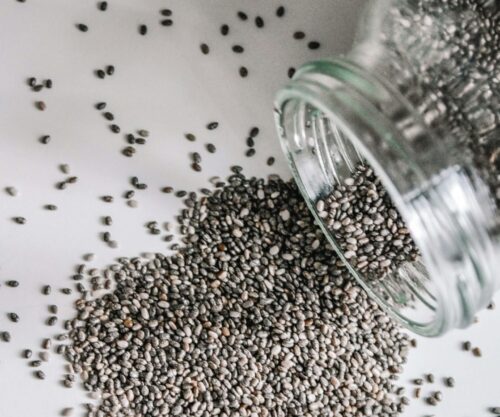
For years many people have become used to the idea that dogs’ favourite delicacy is chewing bones.
This narrative derives from many of the things we see on media platforms such television programs which include movies and cartoons where dogs are often seen running and the throwing of a bone.
Over time this has been adopted in many of our households and how we choose to feed our furry family members.
Despite, this now being an extremely common occurrence, there are several studies which prove that feeding your dog bones is not necessarily a good thing. Meanwhile, there are others which hint that this may be done depending on how the bones are prepared.
Dutch – a manufacturer and supplier of dog food explains that there is absolutely nothing wrong with feeding bones to your dog, as long as you know the difference between safe and unsafe bones.
The above-mentioned source warns dog owners to prevent feeding their pets cooked bones as these are usually brittle and if bitten, it can lead to the breaking of smaller pieces which contain sharp ends, which could result in damage to the throat.
Other bones that should be avoided also include chicken as well as fish bones. Instead, the Dutch recommend providing your pet with raw bones which can be chewed at least 15 minutes a day to prevent damage to the teeth as well as oral trauma.
Westport Veterinary provides a list of advantages and disadvantages of feeding bones, to you to help you make a better-informed decision going forward.
Advantages
- Better dental health.
- They receive mental stimulation.
- Adds nutritional value.
Disadvantages
- Dental injuries.
- Choking hazards.
- Digestive complications.
Also see: Thinking of getting a furry pet? Here is a list of family-friendly dog breeds




